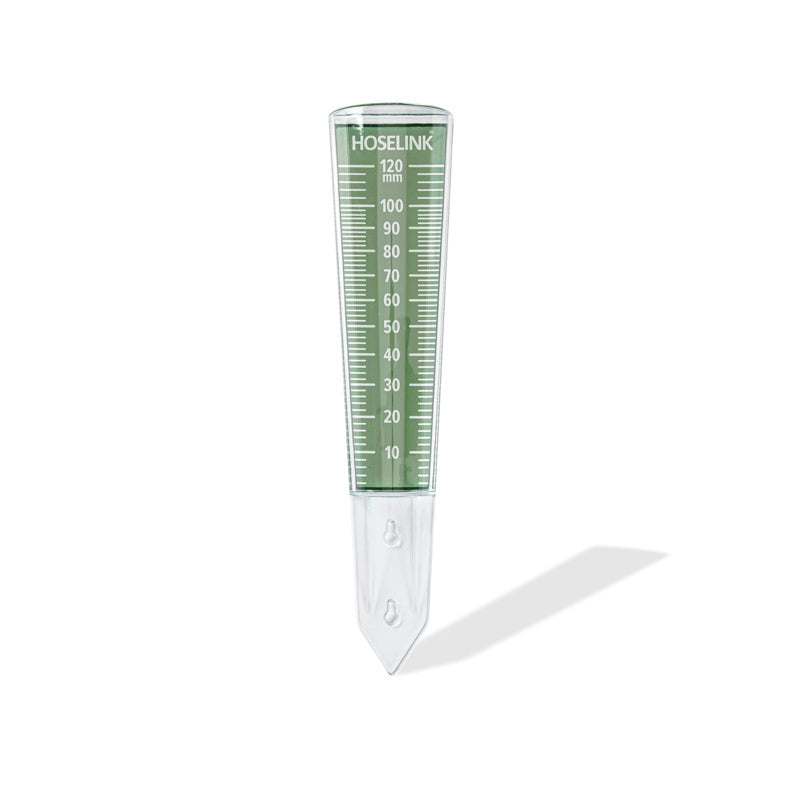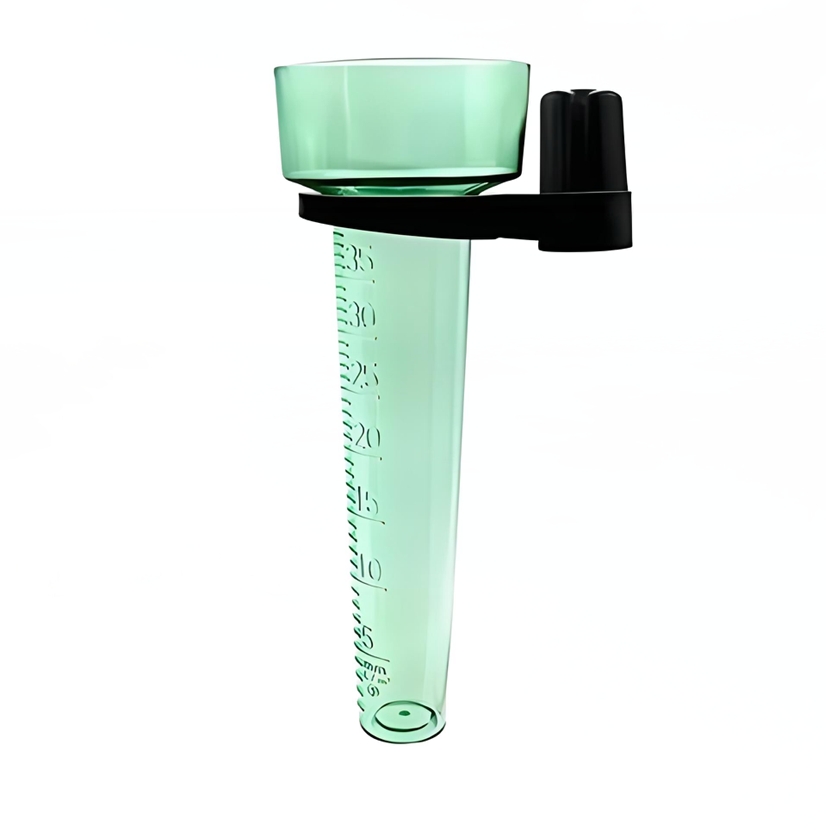Ingenious Layouts in Rain Gauges: What Makes Them Stand apart
Ingenious Layouts in Rain Gauges: What Makes Them Stand apart
Blog Article
Revealing the Science Behind Rain Assesses: How These Devices Play a Crucial Role in Environment Study and Environmental Monitoring
Rainfall assesses, relatively basic tools, hold a profound relevance in the world of environment research and ecological tracking. These plain instruments silently gather among nature's most essential elements-- rains. Behind their unpretentious exterior exists a complicated scientific research that is essential for comprehending the characteristics of our atmosphere. As we peel off back the layers of this scientific veil surrounding rain gauges, we uncover a world where precision, data accuracy, and precise monitoring assemble to unveil a deeper understanding of our altering environment and its influence on the world.
Significance of Rainfall Gauges
Rainfall determines play an indispensable function in tracking and gauging precipitation levels, providing vital information for climate study and evaluation. These tools are fundamental in measuring the amount of rainfall that happens in a particular area over a particular period. By gauging and gathering rain, rain gauges deal useful understandings into the distribution and intensity of precipitation, assisting meteorologists, hydrologists, and climatologists in comprehending climate patterns and fads.
Among the crucial reasons rain gauges are essential is their ability to provide exact and local data. Unlike satellite or radar-based measurements, which use more comprehensive monitorings, rainfall gauges offer specific information specific to the area where they are positioned. This localized information is important for different applications, including flooding forecasting, dry spell tracking, and water source monitoring. In addition, long-lasting data collected from rain evaluates assists in evaluating climate adjustment effects and patterns, contributing dramatically to scientific research and decision-making procedures. Basically, rainfall gauges work as vital tools in the field of weather forecasting and environmental science, playing a critical function beforehand our understanding of weather and climate characteristics.
Kinds Of Rain Scales

Functionality and Procedure
In the realm of environment research study and meteorological researches, the performance of rain determines depend on their intricate performance and accurate functional devices. Rainfall gauges are designed to precisely measure the amount of precipitation that tips over a specific location her explanation throughout a collection period. These tools commonly consist of a funnel that collects rain and channels it into a determining tube. The determining tube is noted with calibrated measurements that enable the accurate quantification of rainfall.
The performance of rain assesses is based upon the concept of collecting and determining rainwater in a standardized manner. This gathered data is important for recognizing neighborhood weather condition patterns, tracking lasting climate fads, and assessing ecological influences. To make certain exact dimensions, rain determines need to be strategically positioned in open areas away from blockages such as structures or trees that could disrupt the collection process.
The functional element of rain gauges includes normal maintenance to avoid debris accumulation, calibration checks to preserve measurement accuracy, and data recording for analysis (rain gauge). In general, the functionality and operation of rainfall determines are important for collecting trusted precipitation data vital to environment study and ecological tracking
Duty in Climate Research
Given the critical relevance of precise precipitation measurements in comprehending climate patterns and ecological impacts, the role of rain determines in climate study is crucial. Rain gauges offer necessary information for environment study by evaluating the amount of precipitation that tips over a specific area during a provided duration. This data is critical for monitoring lasting trends in precipitation patterns, assessing the impact of environment adjustment on rains distribution, and boosting climate models.

Environment scientists utilize data collected from rainfall determines to examine variations in rainfall degrees, recognize regional climate fads, and examine the efficiency of water source monitoring techniques. By contrasting historic rainfall data with present dimensions, researchers can identify shifts in rainfall patterns, such as adjustments in the regularity click this site or strength of rains occasions. This info is important for understanding how environment modification is influencing precipitation characteristics and can help policymakers make educated decisions pertaining to adjustment and mitigation techniques.
Applications in Environmental Surveillance

In flood projecting, rainfall gauge data assists go to website to track rainfall intensity and distribution, enabling authorities to issue timely cautions and take needed procedures to alleviate flooding dangers (rain gauge). Dry spell tracking counts on rain scale data to analyze dampness degrees in the dirt and track rainfall deficits, aiding in the identification of drought-prone locations and the implementation of drought feedback methods
Moreover, rain gauge data plays an essential function in water source administration by giving details on water schedule and use trends. In addition, in agriculture, rain gauge data aids farmers in enhancing irrigation timetables, plant choice, and total ranch administration techniques based on local rainfall patterns.
Conclusion
To conclude, rain evaluates are crucial devices for measuring precipitation, offering important information for climate research study and ecological surveillance. With numerous types and functionalities, rain gauges play a critical duty in understanding precipitation patterns and their effect on the environment. By precisely gauging rainfall, these tools add to the advancement of clinical knowledge and assistance in making educated choices pertaining to water source monitoring and calamity readiness.
Rain gauges play a vital duty in surveillance and gauging precipitation degrees, offering crucial information for climate research study and analysis. The basic rain scale, understood as the "tipping pail" gauge, is one of the most typically made use of gadgets. Ultrasonic rainfall gauges usage sound waves to find the existence of rainfall, giving real-time information on precipitation levels.Climate scientists make use of data collected from rainfall assesses to examine variants in rainfall levels, determine local climate patterns, and assess the efficiency of water resource administration techniques.In final thought, rain assesses are crucial tools for determining precipitation, supplying useful information for environment research study and ecological tracking.
Report this page